UK Geoenergy Observatories: time zero for net zero
The BGS-led UK Geoenergy Observatories project is shining a light on the subsurface’s potential to provide geothermal energy.
01/12/2022 By BGS Press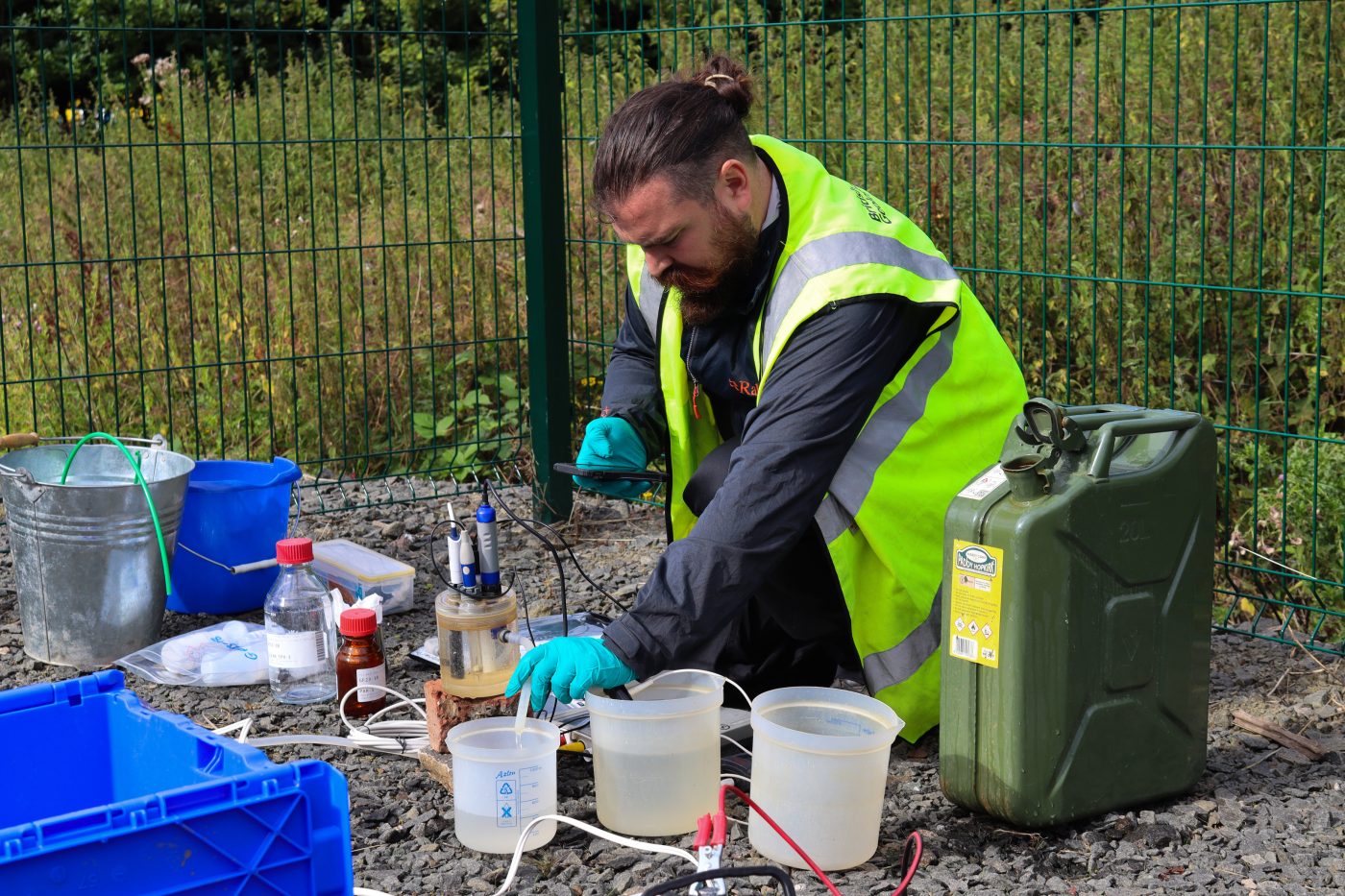
The UK’s need for sustainable, self-produced energy has become increasingly obvious in recent months. We have made great strides towards decarbonising our electricity supplies, taking advantage of wind, solar and tidal resources. This has built on the country’s net zero targets, which have been in place since 2019 and commit the UK to bring all greenhouse gas emissions to net zero by 2050.
The £31 million UK Geoenergy Observatories project led by BGS focuses on heat energy from beneath the ground. It comprises two underground observatories that will shine a light on the subsurface’s potential to provide homes and businesses with geothermal energy.
The Cheshire Observatory is under construction and will cover a range of geoenergy technologies, including shallow aquifer geothermal and heat storage. The Glasgow Observatory, which is operational and already producing data on mine water energy, is an at-scale research facility that is now home to a pioneering multidisciplinary collaboration.
Establishing a detailed baseline
Data was being collected from the Glasgow Observatory even before its 12 boreholes were drilled. Researchers across Scotland and the rest of the UK have been collecting data from the site, including samples of soil collected at the surface, data from the hundreds of borehole sensors and water from within the mines themselves. Collection of a wide range of geological and environmental data before and during geothermal activities is one factor that makes the site unique, says BGS’s Dr Alison Monaghan, and an exceptional asset to researchers and the energy industry.
The multidisciplinary approach to establishing the baseline has created ’time zero’ datasets and acted as a catalyst for new monitoring methods.
We now have a level of detail about a formerly coal mined, urban environment that doesn’t exist elsewhere. One of the main barriers to geothermal is data and places to confidently enable research for widespread, cost-effective deployment of the technology. That’s exactly what is available through the UK Geoenergy Observatories project.
We need to characterise the environment at ‘time zero’ to measure and understand any changes with geothermal activities. We also need novel monitoring tools for cost-effective and environmentally sound geothermal operations.
BGS has made time zero soil chemistry, ground gas, surface water and groundwater characterisation, ground motion and seismic monitoring data openly accessible. This includes seasonal and temporal variability.
Additionally, over 500 water, rock and gas samples collected during the observatory’s construction were distributed to university researchers for carbon, isotopic and microbiological analysis. These give new insights into rock-water-gas-microbiological interactions in the subsurface and their significance for shallow geothermal heat and storage in flooded abandoned mine workings.
Dr Alison Monaghan, BGS Principal Geologist.
A ‘rare opportunity’ for early access
Dr Ryan Pereira and Dr Julia de Rezende are both based at the Lyell Centre in Edinburgh, which is a partnership between BGS and Heriot-Watt University. They recently contributed to an environmental baseline paper published in Earth Science, Systems and Society and say gaining access to the Glasgow Observatory was critical.
We need to understand whether there are unintended consequences from changing the water flow in the subsurface. It could, for example, stimulate microbial activity that could generate greenhouse gases and cause damage to infrastructure, which of course we don’t want. BGS had the foresight to offer early access to researchers, which gave us the chance to be more experimental.
We used an instrument that’s rare in the UK called a liquid chromatography-organic carbon detection-organic nitrogen detector (LC-OCD-OND). This set-up can quantify and resolve organic compound groups by molecular size, which is good because it allows us to explore food sources for microbes that may produce greenhouse gases.
The Glasgow Observatory offers a platform for finding a way forward for us to use former mine workings as a low-carbon option for heating and cooling our cities. This fundamental research is how we take forward the deployment of geothermal in the UK, of that I am certain.
Dr Ryan Pereira, the Lyell Centre.
This was a rare opportunity because, when samples are recovered from sites, the preservation methods to consider microbiology are not always a priority.
The research is still in its infancy, but we discovered the potential for increased leaching, which promotes the production of carbon dioxide and methane by microbes. Now we need to observe this under ambient conditions as the site is under trial for heating and cooling applications.
Dr Julia de Rezende, the Lyell Centre.
‘This wouldn’t be available at a commercial site’
Strathclyde University’s Dr Neil Burnside’s research interests lie in hydrogeology, geochemistry and geothermal development. He contributed to the time zero study by examining sulphur isotope values in the mine water. Dr Burnside points out that data availability was instrumental in the new findings.
It was commonly believed that sulphur isotopes should reflect water-rock interaction with source sulphide materials. However, we found highly variable, often elevated values that suggest the influence of other factors in flooded mine systems.
Instead of access to mine workings at one or two points, there’s a borehole array fitted with state-of-the-art sensors and many more data sources besides. This wouldn’t be available at a commercial site; it points to how unique the Glasgow Observatory is, and the opportunities it presents for research.
Dr Neil Burnside, Strathclyde University.
Open for scientists
The UK Geoenergy Observatories project provides open-source data online and the BGS team want more scientists and innovators to use the site.
There is huge scope for flexible research at the Glasgow and Cheshire observatories and, as our recent study shows, for interdisciplinary working. Work undertaken here will address key research challenges for geothermal technologies, such as planning and construction risks, resource sustainability and regulation, operational maintenance and monitoring.
The UK Geoenergy Observatories are available for researchers to inform the evidence base and develop lower-cost techniques and fit-for-purpose monitoring approaches. Glasgow is online now and Cheshire will be operational in 2024.
There is a huge opportunity for geoscientists and others to advance the cost and risk reductions necessary for mine water heat and heat storage to form an important component in decarbonising heating of our buildings towards net zero greenhouse gas emissions.
Dr Alison Monaghan.
Relative topics
Related news
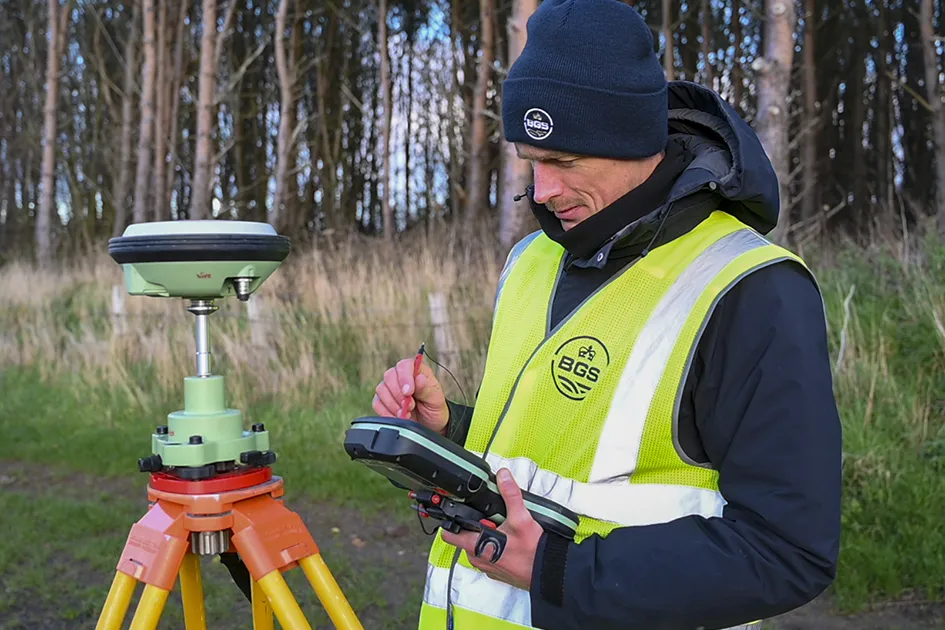
‘Three norths’ set to leave England and not return for hundreds of years
12/12/2025
The historic alignment of true, magnetic, and grid north is set to leave England, three years after they combined in the country for the first time since records began.
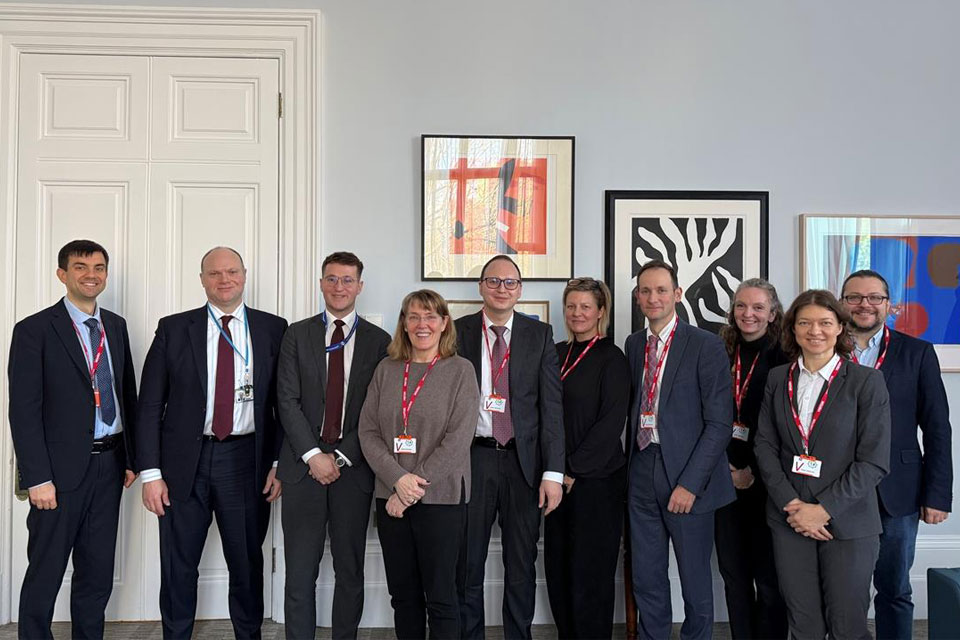
BGS agrees to establish collaboration framework with Ukrainian government
11/12/2025
The partnership will focus on joint research and data exchange opportunities with Ukrainian colleagues.
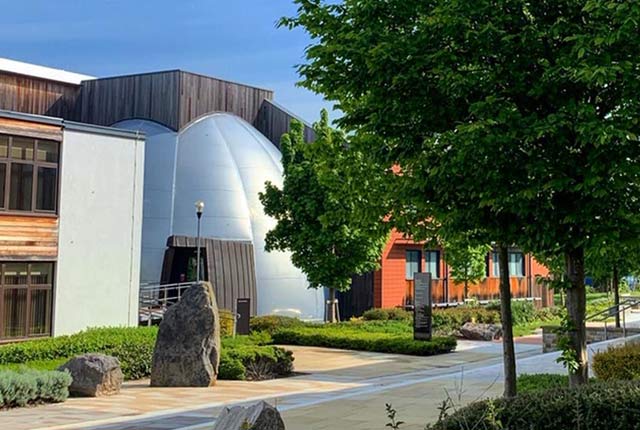
Making research matter: BGS joins leading research organisations in new national initiative
10/12/2025
A new alliance of 35 organisations has been formed that is dedicated to advancing science for the benefit of people, communities, the economy and national priorities.

New 3D model to help mitigate groundwater flooding
08/12/2025
BGS has released a 3D geological model of Gateshead to enhance understanding of groundwater and improve the response to flooding.
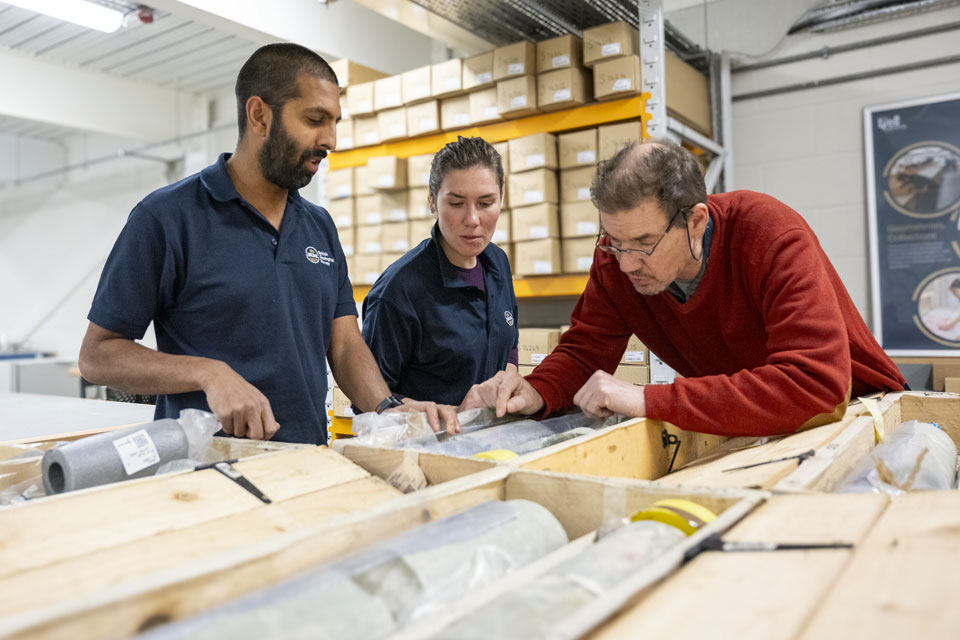
Scientists gain access to ‘once in a lifetime’ core from Great Glen Fault
01/12/2025
The geological core provides a cross-section through the UK’s largest fault zone, offering a rare insight into the formation of the Scottish Highlands.
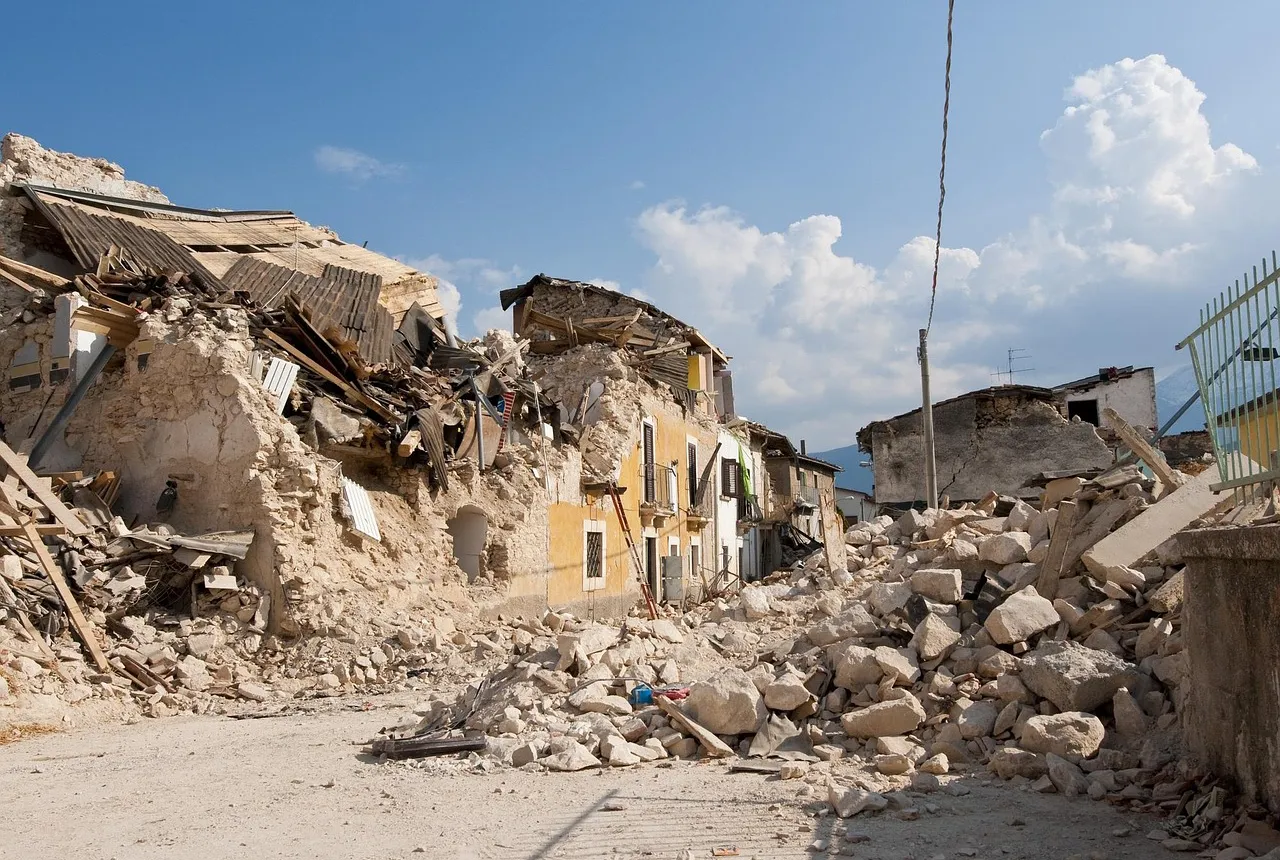
New research shows artificial intelligence earthquake tools forecast aftershock risk in seconds
25/11/2025
Researchers from BGS and the universities of Edinburgh and Padua created the forecasting tools, which were trained on real earthquakes around the world.
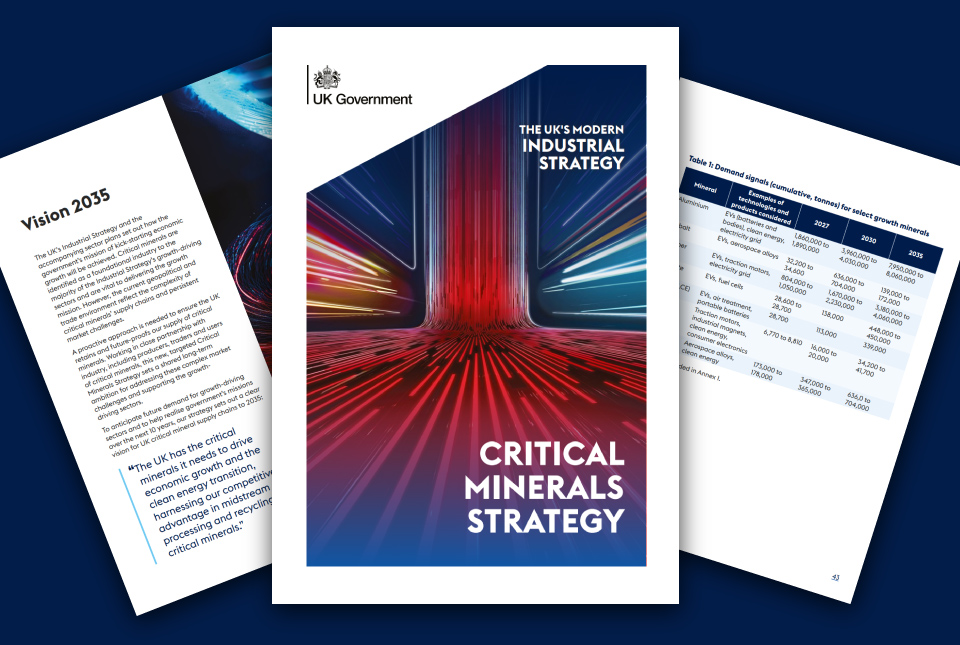
BGS welcomes publication of the UK Critical Minerals Strategy
23/11/2025
A clear strategic vision for the UK is crucial to secure the country’s long-term critical mineral supply chains and drive forward the Government’s economic growth agenda.
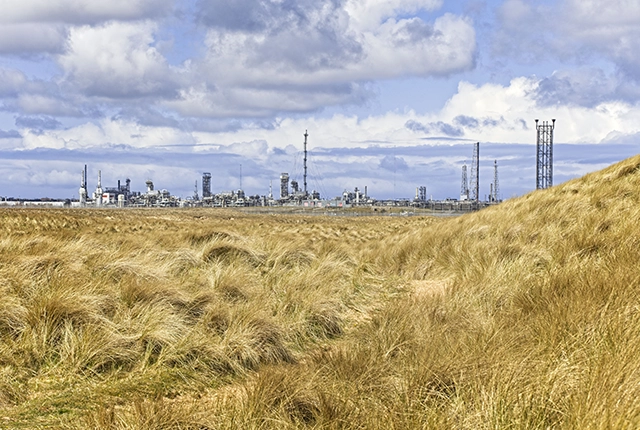
New funding awarded for UK geological storage research
21/11/2025
A project that aims to investigate the UK’s subsurface resource to support net zero has been awarded funding and is due to begin its research.
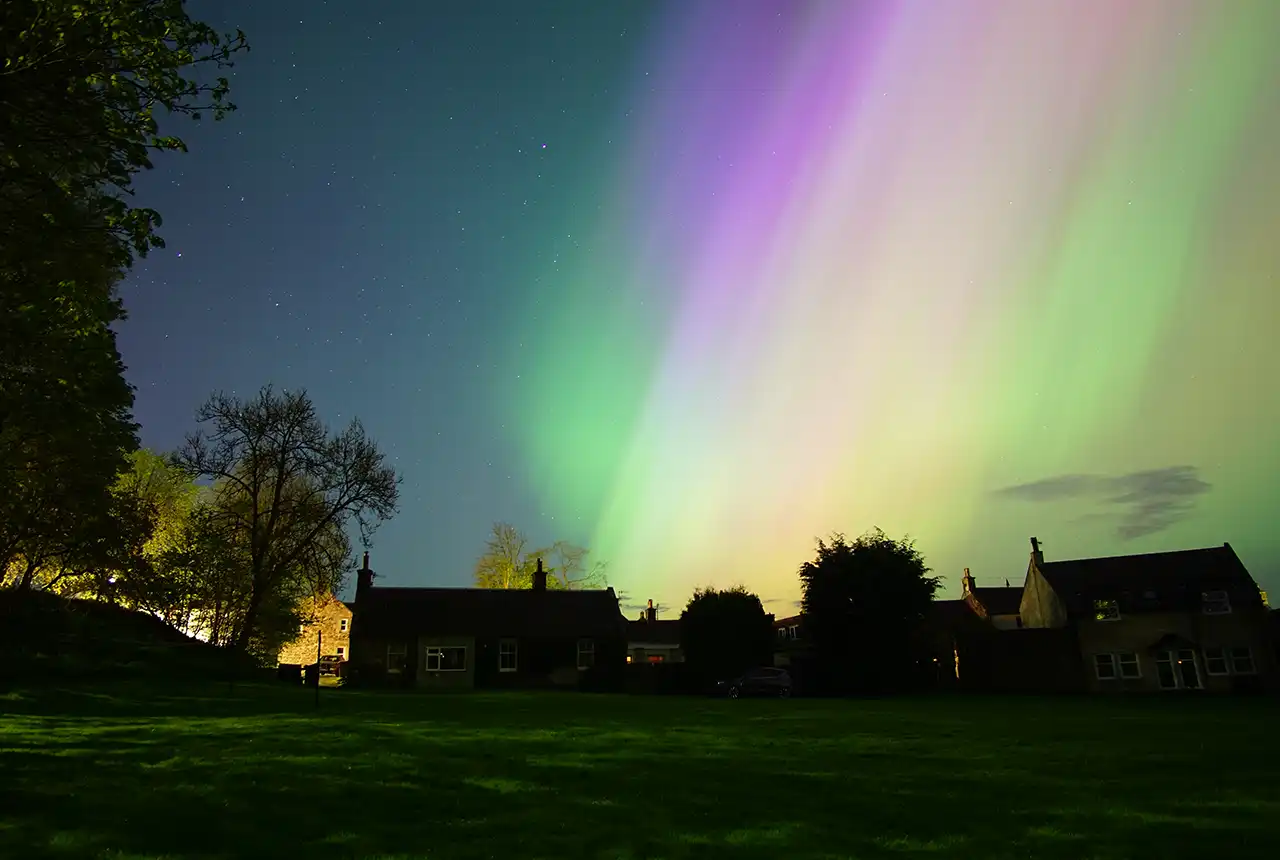
UK braced for what could be the largest solar storm in over two decades
12/11/2025
Intense geomagnetic activity could disrupt technology such as communication systems, global positioning systems and satellite orbits.
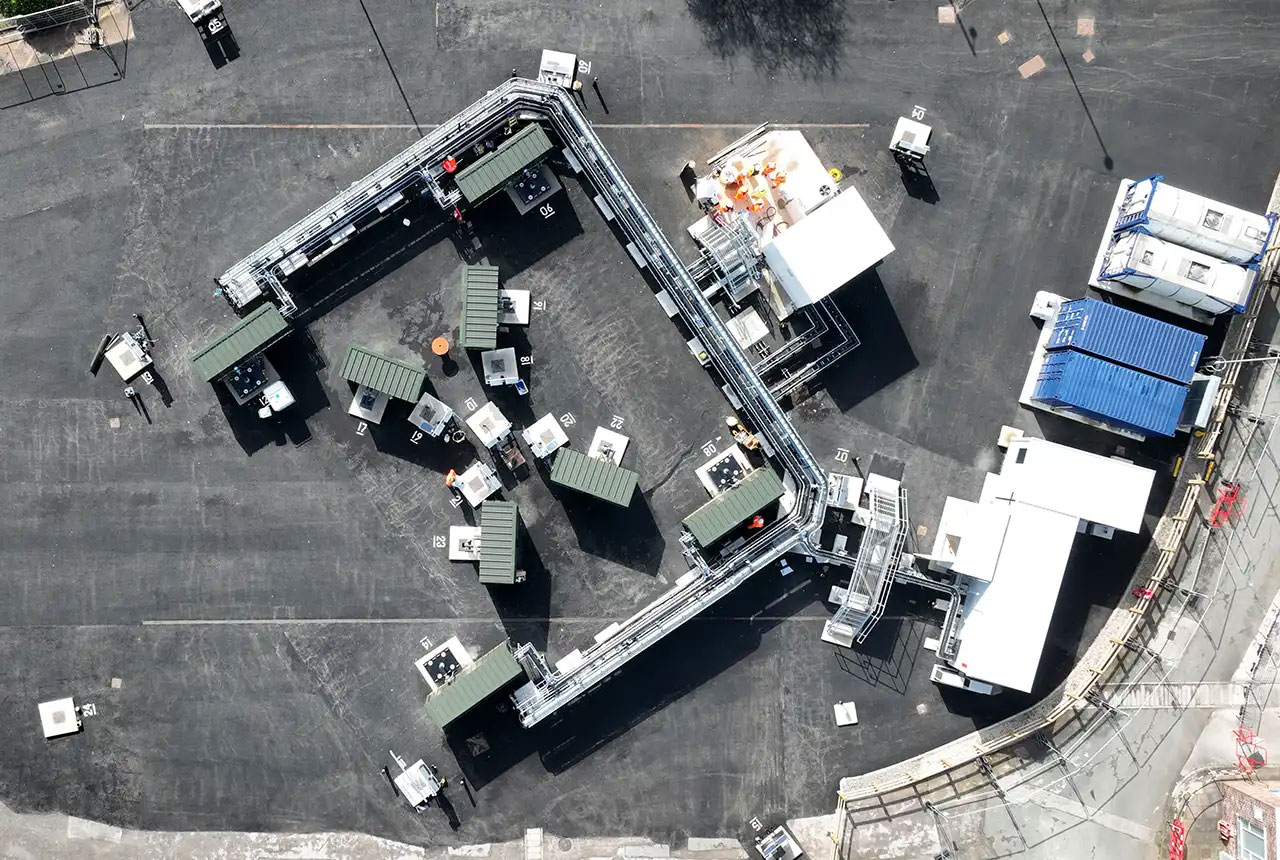
First distributed acoustic sensing survey completed at UK Geoenergy Observatory
12/11/2025
New research at the Cheshire Observatory has shown the potential for mapping thermal changes in the subsurface using sound waves.
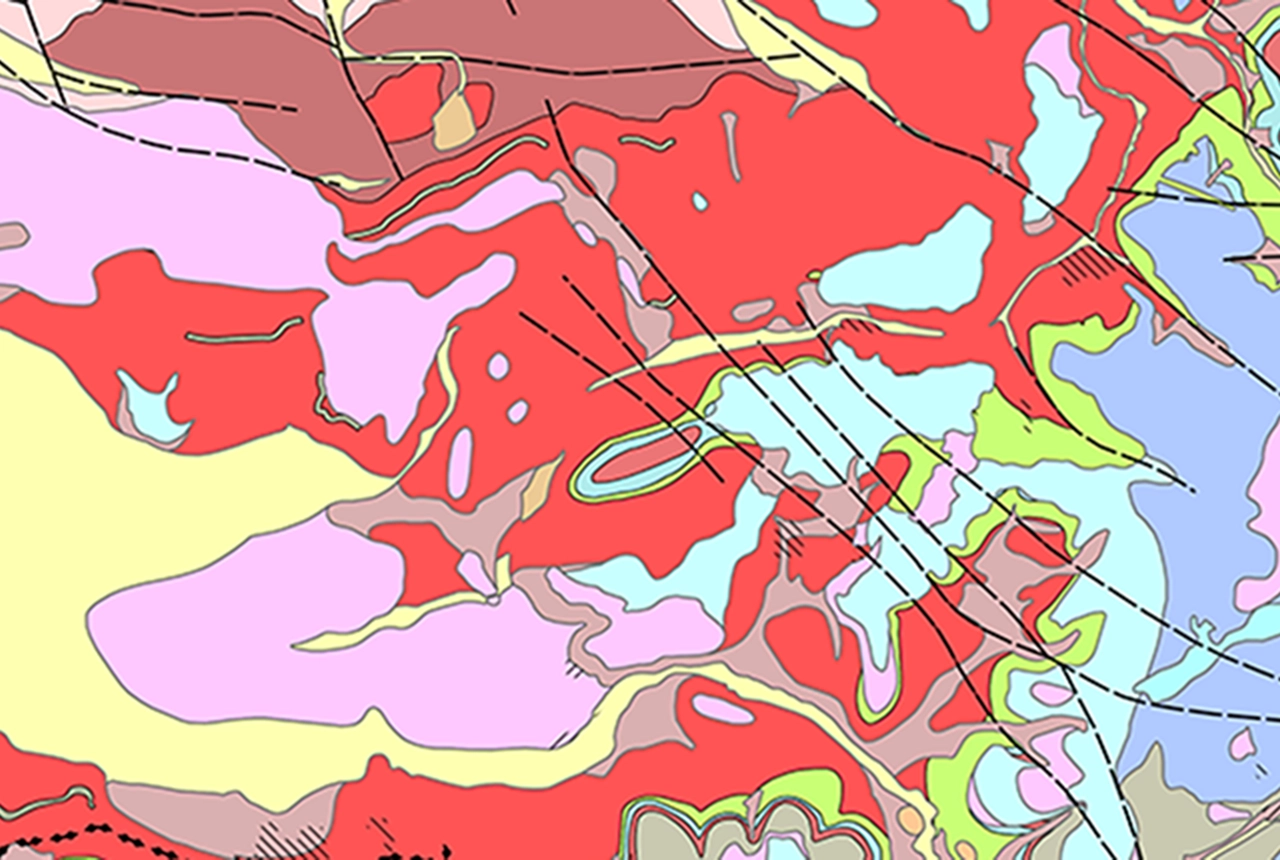
Latest BGS Geology 50K mapping data launched
06/11/2025
Some of our most widely used maps have received a major update, including the 1:50 000-scale map series that now includes enhanced coverage of Great Britain.
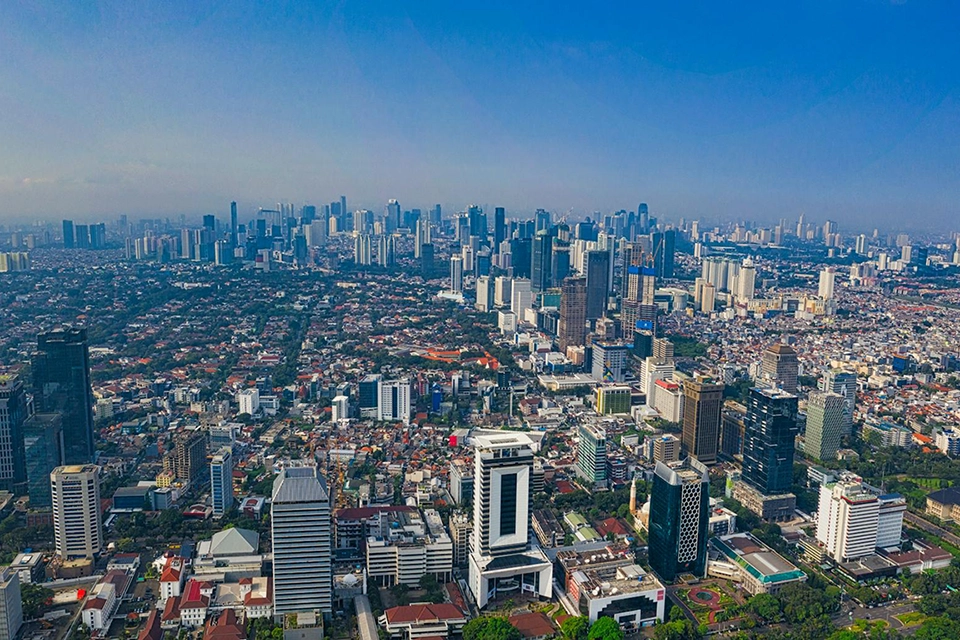
New research highlights significant earthquake potential in Indonesia’s capital city
04/11/2025
Research reveals that a fault cutting through the subsurface of Jakarta could generate a damaging earthquake of high magnitude.



